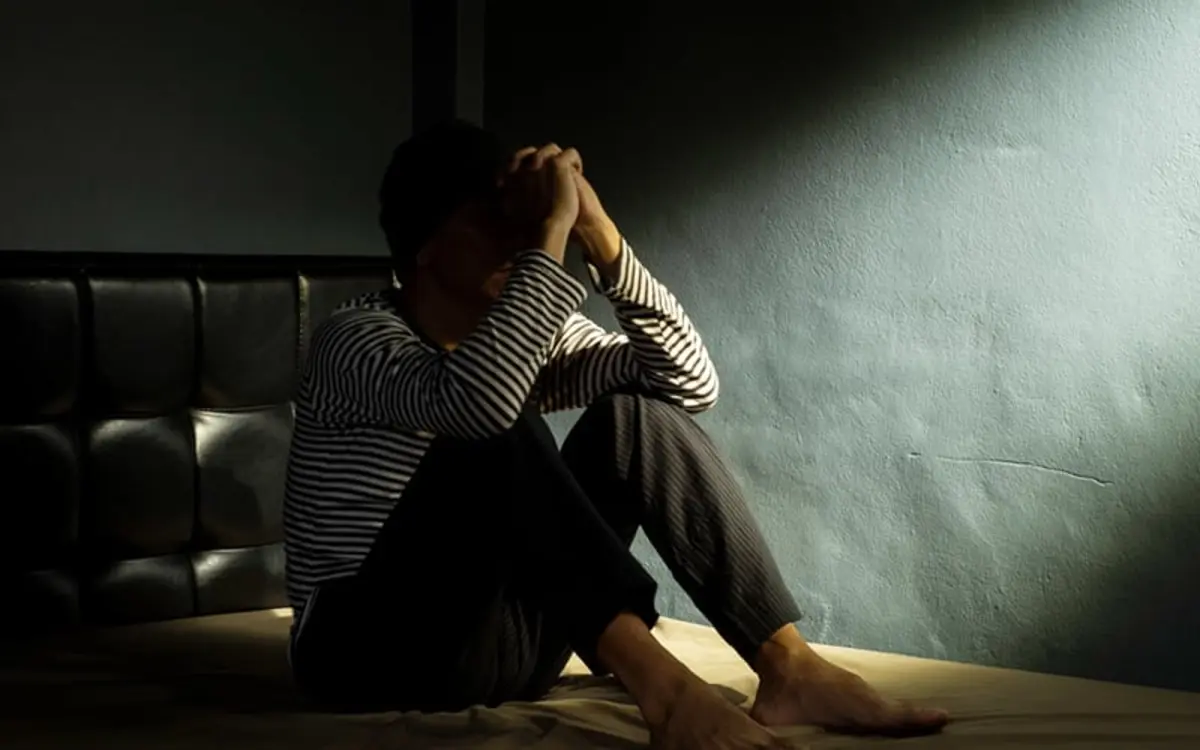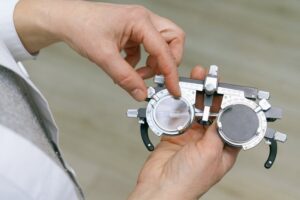Anyone who’s struggled with depression knows how heavy it feels. You might compare it to a blanket draping over every part of your life — only it’s not so warm and comfy. Finding your way out can feel like walking through a maze. However, rest assured, there’s an exit for every entrance.
Relief doesn’t happen overnight. It’s normal for your symptoms to take days or weeks to resign. Recovering from depression is a long-term effort.
You may experience relapses, but it’s possible to pick yourself up again. Your symptoms won’t disappear at once — the process is like watching the snow melt after a long winter. You’ll have a better idea of when and how your symptoms progress if you track them. Stay consistent with your treatment, and you’ll make a gradual journey toward recovery.
The Onset of Depression
Depression develops for many reasons, including physical trauma, harsh breakups and family losses. An episode doesn’t always mean a person has the illness— some only experience it once in their life. The issue becomes chronic once fail to symptoms disappate.
Depression manifests differently depending on factors like age, culture and gender. It can display itself as irritability or anger — especially in men and older adults. Older people may have more physical symptoms than younger sufferers, such as aches, pains and fatigue. Bodily illnesses like cardiovascular disease and degenerative brain disease often trigger depression in adults.
No age limit exists for depression, despite what people may say. Don’t feel as if you’re too old or too young to be depressed. Likewise, you don’t have to prove to skeptics that your life situation is tragic or painful. The condition can be genetic or situational. What matters is that you recognize the symptoms and seek help.
Steps to Recovery
Depression recovery isn’t a linear process. You’ll go forward and back. Some days will be easier than others. The first step usually includes a diagnosis. Different types of depression exist, from major depressive disorder to seasonal affective disorder. In some instances, depression ties into addiction, both stemming from similar causes.
Your doctor will suggest the best recovery process. Be prepared for a journey of self-discovery. You’ll dig into your childhood and teen years for clues as to what triggers the condition.
It can be hard to pinpoint signs of improvement when you’ve spent a lot of time depressed. You may not remember what it’s like to feel cheerful or energized. You’ll experience doubts, too — about whether it will last, and if you’re so-called normal. Depressive thoughts attempt to convince you that recovery is impossible. However, treatment will help you stifle these voices and recognize your progress.
During recovery, you may experience higher energy, stabilized sleep patterns and less negative thoughts. These signs all point toward progress. Try to keep a journal or chart of your daily emotions to track areas you’ve improved in. Avoid focusing on the treatment of individual symptoms. If you neglect the whole picture, you’ll lose sight of total recovery.
Treatment Methods
Treatment methods differ for everyone, especially when it comes to therapy. Get in touch with your doctor about which technique works for you. Don’t be afraid to give suggestions and ask questions. You don’t want to get stuck in a system that doesn’t work for you.
Some people rely on therapy to get by. Others combine it with medication or forgo treatment altogether. Therapists use CBT, DBT and psychodynamic therapy for a range of mental health conditions, including depression. Psychodynamic methods focus on long-term healing and help patients create self-awareness by identifying emotions. This therapy is best for those who suspect childhood trauma as the cause of their depression — especially if memories are unconscious and hard to access.
Dual diagnosis helps those who suffer from addiction and depression at the same time. Many drug users can’t take medications to treat their symptoms because it can trigger their addiction. Therefore, doctors develop personalized treatment plans to ensure they reach a safe place.
Doctors reserve electroconvulsive treatments for severe cases unresponsive to therapy and medications, and they’ve had success in alleviating symptoms. Doctors stimulate the brain using electricity, passing small currents through the tissue. They always use anesthesia during this procedure, ensuring this process is painless.
Begin the Healing Journey
Do you experience symptoms of depression, such as sadness, lack of energy and the inability to concentrate? If so, you’re not alone. Luckily, there are avenues you can take to find help. Consider talking with your doctor about a combination of therapy and medication.
Remember, the recovery process isn’t instant — you can’t expect results overnight. Try not to get discouraged is you experience a relapse or need to try a new medication. As long as you don’t give up, a full recovery is possible. Follow the advice above to start your healing journey.




